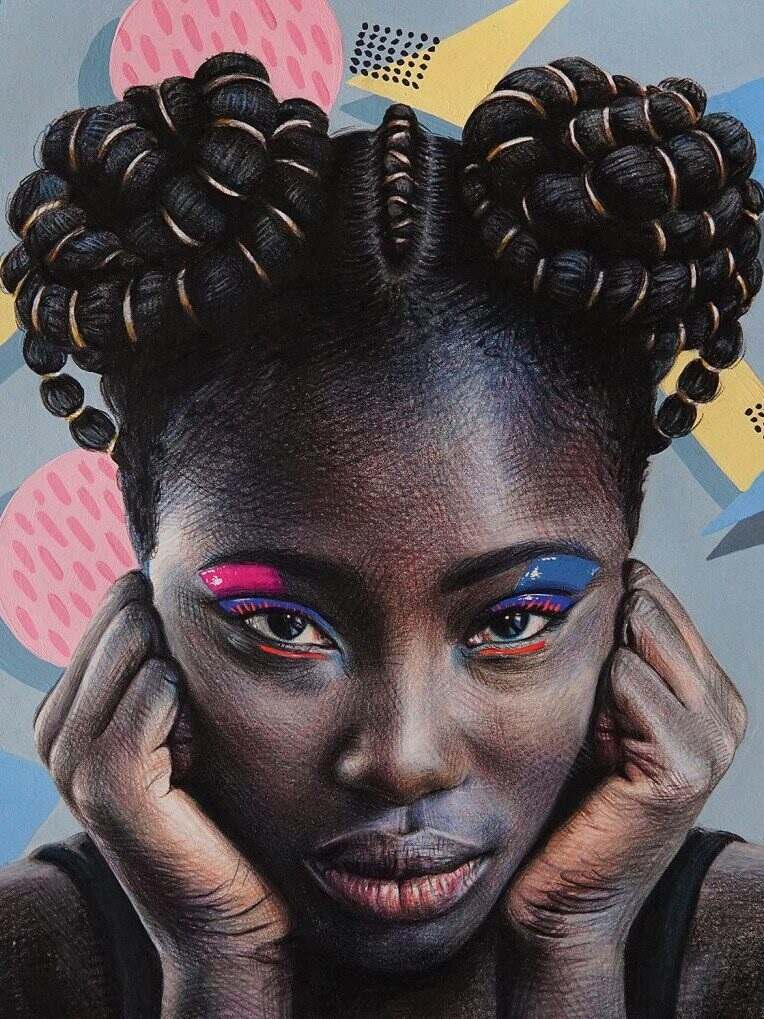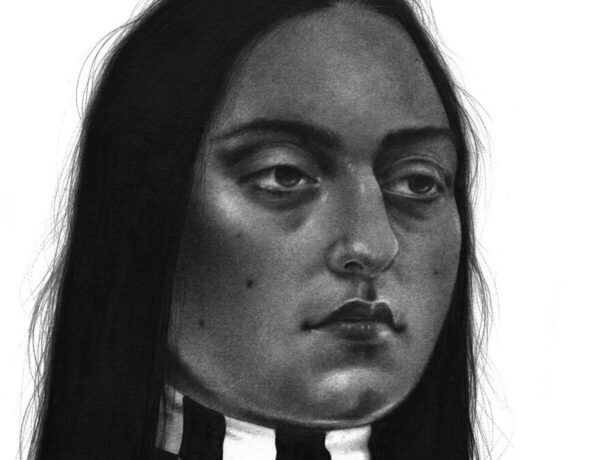The Quick Q & A editorial in Beautiful Bizarre Magazine is a much loved regular feature, in which we ask 6 artists the same 4 questions. In the June 2022 Issue 37, these were the Quick Q & A questions:
- What does success as an artist look like for you personally?
- How do you silence your inner critic?
- What are the things you wish you knew when you started out?
- Do you think art can help people connect to vital issues about our world?
We feel that the artists’ responses provide such a valuable insight for our community of artists that we wanted to share one Quick Q & A response from each issue with you, going forward. The June 2022 Issue 37 print issue is sold out, but you can download the digital magazine via our webstore to read more. To ensure you never miss an issue again, you can also subscribe to Beautiful Bizarre Magazine, and have each issue sent straight to your door each quarter.
Excerpt from Issue 37 // June 2022 Quick Q & A editorial: Artists Robin Whiteman, Ryan Pola, Nicolas Roa, Maya Fuji, Lix North, and Erica Rose Levine respond to the below Quick Q & A:
How do you silence your inner critic?
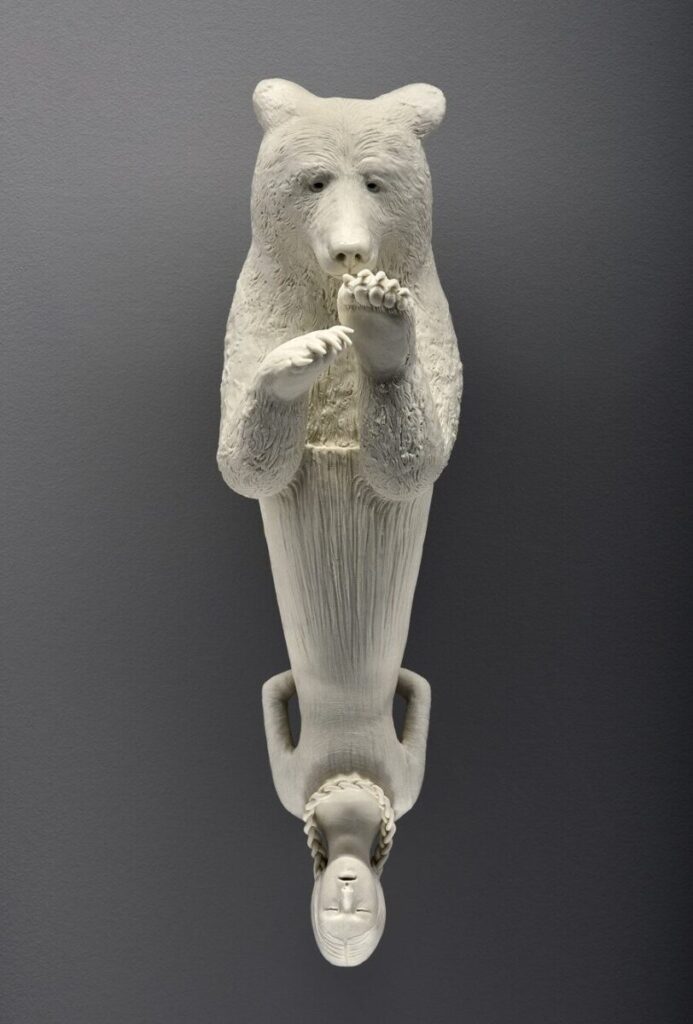
“I try not to worry about it. It’s just another inner voice and the best way to keep it from running amuck is to have fun. As long as I’m playing in my practice, there’s delight. The harshest of my inner critics can’t stand that childlike joy and hides whenever it shows up. Ultimately, my goal is to see each piece as one small step in a great unfurling; this way there’s no failure because each step takes you to the next. There is no final endpoint to judge worthy or unworthy, but a process and you adjust when you need to. It’s really a reflection of how I try to live. It can be awkward sometimes, but that’s okay.”
“I ignore it for the most part. Sometimes, my inner critic can serve a purpose though – this can be anything from making sure I finish incomplete artworks (my bane), to meeting deadlines, and ensuring I am working on my artistic skill. When it gets too much, though, I either exercise or just let those thoughts in and let them
right out again. I’m all about enjoying what I do as much as possible, so I don’t see any real point in letting my inner critic get the best of me. I also try to be kind to myself and not compare what I do to other people. It’s important to recognise what’s going on around oneself as we don’t exist in vacuums but we’re all on a different artistic journey.”

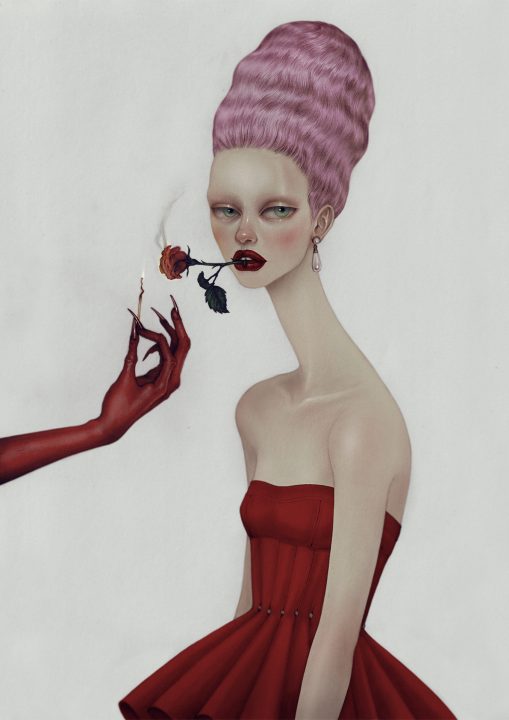
“If you ever find an artist who’s done so success fully, let me know – I’d like to ask them the same thing. In all seriousness though, I have always been a bit of a perfectionist. Being overly critical about my own work, obsessing over flaws and thinking of what I could’ve done better is a part of my process. I’d go so far as to say I’ve embraced my inner critic. Self-critiquing and nitpicking my own work has helped me push, grow and improve. It’s even motivated me to not only do better with my technique, but also to explore deeper themes that are quite personal, and visually express them in ways that are new yet true to my own aesthetic.”
“Silencing my inner critic hasn’t been easy! I struggle with comparing myself to other artists, especially when it comes to marketing on social media. My best tactic is to stay positive by distracting myself with other activities. My friends are so encouraging and I love to take time to spend with them when I start to feel down. I think my best practice, though, is to do what I love most – make art. When I’m illustrating or painting, I’m hyper focussed on the work and I can take my mind away from thoughts of self doubt. However, if I do fall into a hole, I try to centre myself by stepping away from social media for a few days.”
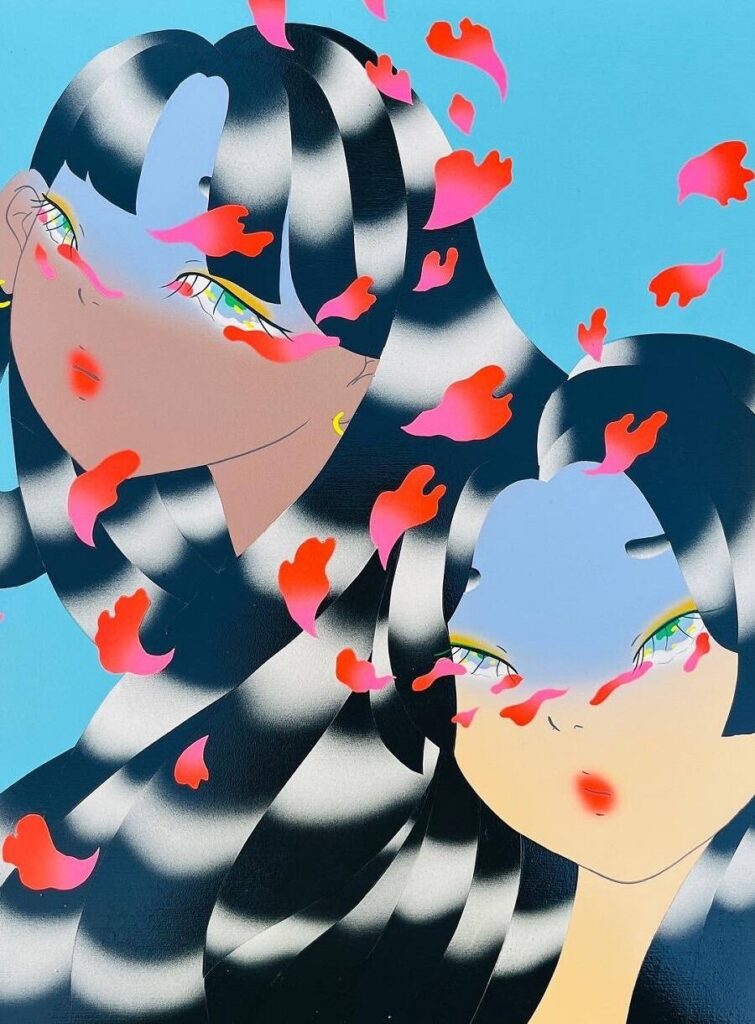
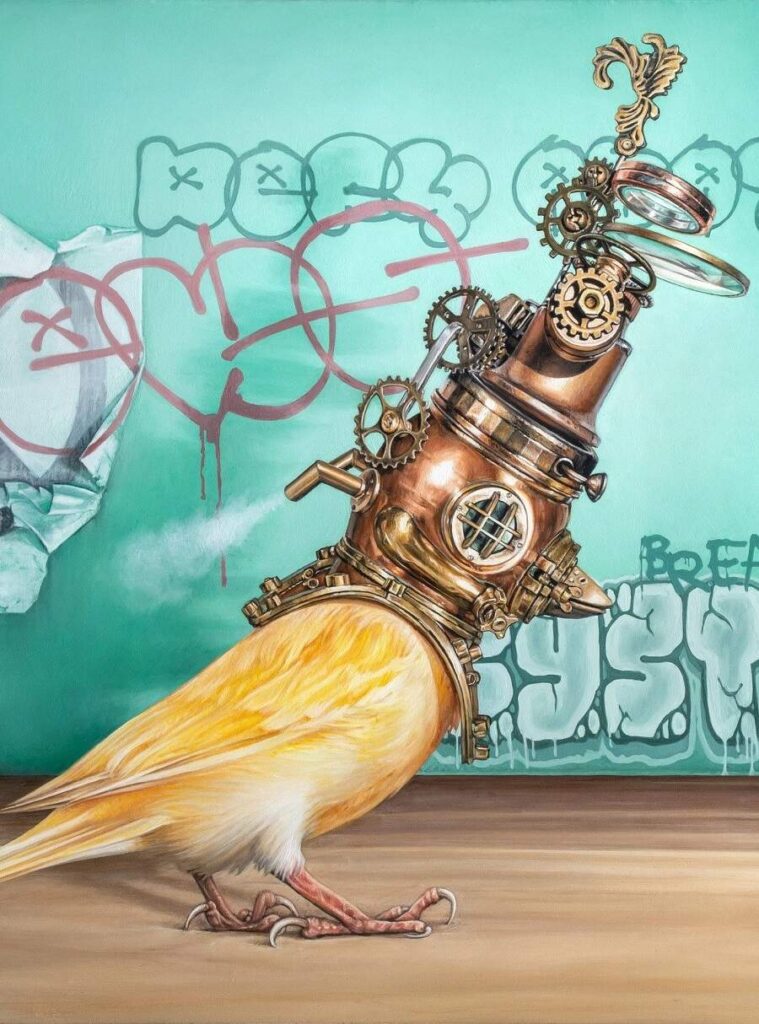
“Audiobooks are my anxious artist’s antidote. It’s easy to wax lyrical about positive self-talk and personal growth. Regular meditation, yoga, and quality time with great psychologists is still not enough for my over-active, anxious brain. Planning new works is exciting and fulfilling. The act of painting itself is easy, but thinking too much about painting while painting – is the challenging element for me. When my hands and eyes engage with the ‘easy’ part, I need a compelling prefrontal cortex distraction so my trigger-happy amygdala can snooze. I devour at least three 30-40 hour sci-fi or fantasy epics per painting. Immersed in a complex and captivating story, there’s no destructive over-thinking. I paint faster, remember to eat, sleep soundly and feel more fulfilled with each finished work.”
“I’ve learned that she cannot be silenced, and the judgement is fierce in my own mind. The hardest thing to do for me is to put a piece away when it’s not working, but sometimes that’s what I have to do. I’m an overthinker and sometimes have trouble settling on an idea, so I can keep changing things around until the original idea gets lost and the piece is ruined. Looking at a piece with fresh eyes, or working on something else in order to get out of that rumination funk is so important. Working on a few pieces at once is helpful because being able to quickly switch between projects is a saviour when it comes to overthinking.”
